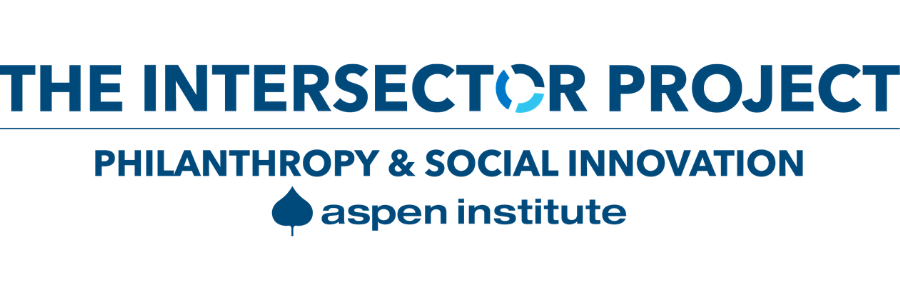Dec 07 2015 A new tool allows cross-sector partners to self-assess the health of their collaboration
 In the production of our own Toolkit, and through our evolving research projects and communication with other organizations in the cross-sector space, we’ve familiarized ourselves with a wide variety of tools and resources that aim to improve the practice of cross-sector collaboration (including most recently Spark Policy’s Data as a Tool for Change toolkit and the Partnering Agreement Scorecard from the Partnerships Resource Centre and The Partnering Initiative). There are many toolkits that support cross-sector collaboration planning processes and share best practices, but fewer freely available resources that focus on getting collaborative partners to discuss and reflect on the state of their own partnerships. With the release of their new Cross-Sector Partnership Assessment, Living Cities adds a valuable resource that is uniquely positioned to help current cross-sector practitioners self-assess the health of their collaboration.
In the production of our own Toolkit, and through our evolving research projects and communication with other organizations in the cross-sector space, we’ve familiarized ourselves with a wide variety of tools and resources that aim to improve the practice of cross-sector collaboration (including most recently Spark Policy’s Data as a Tool for Change toolkit and the Partnering Agreement Scorecard from the Partnerships Resource Centre and The Partnering Initiative). There are many toolkits that support cross-sector collaboration planning processes and share best practices, but fewer freely available resources that focus on getting collaborative partners to discuss and reflect on the state of their own partnerships. With the release of their new Cross-Sector Partnership Assessment, Living Cities adds a valuable resource that is uniquely positioned to help current cross-sector practitioners self-assess the health of their collaboration.
Living Cities’ 10-minute online assessment provides collaborators with tailored feedback and links to resources based on their answers to several questions about the way they’re navigating their partnership. While individuals can take the Assessment, “we designed the tool to not only be useful for an individual user, but also for the partnership as a team,” explained Jeff Raderstrong, Program Associate for the Integration Initiative at Living Cities. “We developed a group planning and discussion guide to help cross-sector partnership participants to use the Assessment to collectively reflect on and analyze their partnership.” It’s key to build in structures that support improving partnerships as they evolve from the beginning of a collaboration, and the Assessment may prove to be helpful in this regard. According to Jeff, with the overwhelming nature of and responsibilities involved in cross-sector collaboration, leaders “need tools that can be easily integrated into the overall management of their cross-sector partnership.”
At The Intersector Project, we focus on the collaborative process instead of confining our research and resources to one topic or issue, as the tactics we present in our Toolkit, for example, can be applied across issue areas. The same can be said for the Cross-Sector Partnership Assessment: “We … work with partnerships on a variety of topic areas, from education to workforce development to health, so the Assessment is set up to provide feedback on many types of cross-sector partnerships,” Jeff told us. The topics addressed in the Assessment are broad, including many highly relevant dimensions of cross-sector collaboration, such as design and implementation, timeline, partnership structure, and specificity of objectives.
When cross-sector partners go through the Assessment together, the questions can provoke discussion on the different perceptions they have about their process or progress, helping them to identify potential challenges and emerging issues that could negatively influence the collaboration’s relationships and potential success. The productive conversations stimulated by the tool can help cross-sector partners assess how effectively they’re accounting for resources (“Each sector has a different perspective on your issue and can bring unique capacities to solving your problem,” one Assessment response explains) or if partners are successfully building a common fact base (“Do the partners assume they know the source of the problem and understand the nature of the challenge?”), among other key tactics useful for cross-sector collaboration.
The Living Cities tool not only benefits collaborators, but also those interested in cross-sector collaboration more generally, with the potential it presents for data collection on active cross-sector collaborations. With the continued convergence of cross-sector collaboration and data collection, the information collected by Living Cities will hopefully continue to inform publicly available resources and research relevant to cross-sector collaboration. “Living Cities strongly believes in open sharing of information and rapid improvement,” Jeff explained. “We hope this data will be helpful not just to us as we continue to refine the Assessment, but also to other cross-sector leaders as they think about how to best support partnerships.”
